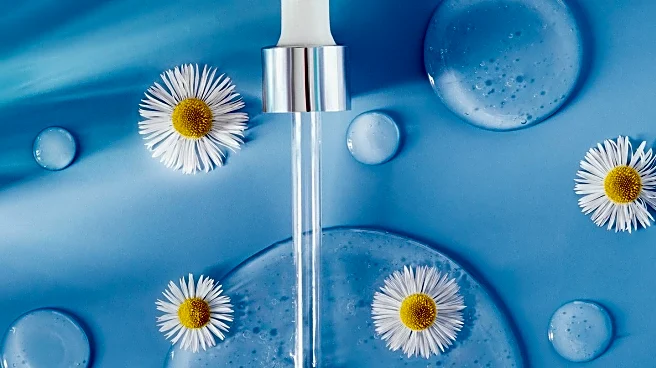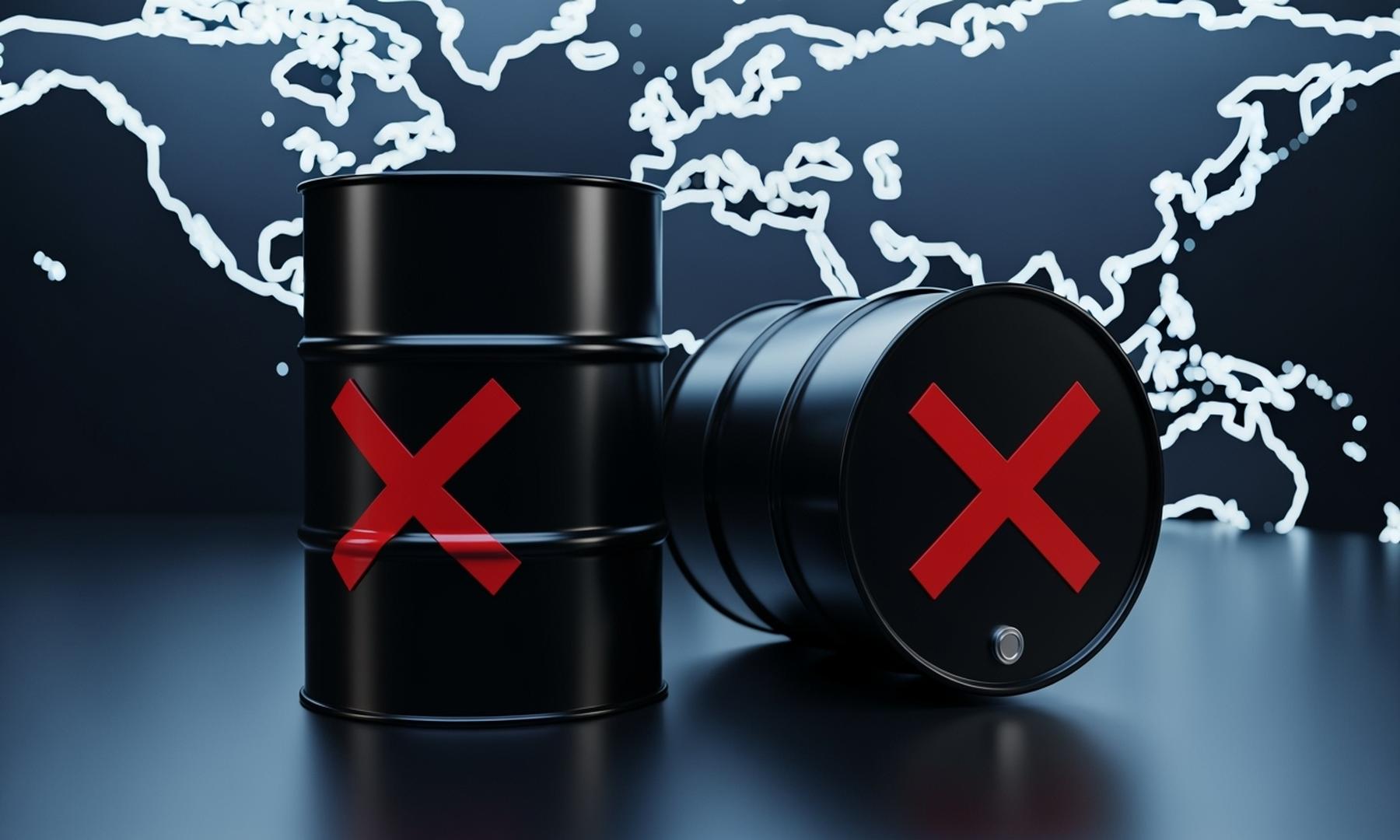What's Happening?
A recent report highlights the continued presence of hazardous chemicals in beauty and personal care products, despite industry efforts to reduce their use. The 2025 Beauty & Personal Care Ingredient Intelligence Report by ChemFORWARD reveals that while
verified safety is increasing, nearly 4% of products still frequently use high hazard chemicals. These include PFAS, formaldehyde, and other toxic substances found in lip colors, moisturizers, and hair products. The report underscores the challenge of managing toxic chemical exposure, as manufacturers constantly introduce new ingredients. Despite progress, consumers remain vulnerable due to the lack of transparency and comprehensive safety data.
Why It's Important?
The persistence of hazardous chemicals in beauty products poses significant health risks, particularly for consumers unaware of the potential dangers. These chemicals are linked to hormone disruption, cancer, and other health concerns, highlighting the need for stricter regulations and industry accountability. The report's findings emphasize the importance of transparency and consumer education, as individuals navigate the complex landscape of personal care products. As the industry moves towards safer alternatives, the transition to non-toxic ingredients could drive innovation and improve consumer safety, impacting public health and environmental sustainability.
What's Next?
The beauty industry may face increased pressure to eliminate hazardous chemicals and adopt safer alternatives. Regulatory bodies could implement stricter guidelines to ensure consumer safety and transparency in product labeling. As awareness grows, consumers might demand more information about the ingredients in their products, influencing purchasing decisions and brand loyalty. The industry could also see a rise in collaborations between manufacturers and safety organizations to accelerate the transition to non-toxic formulations, potentially reshaping the market landscape.
Beyond the Headlines
The issue of hazardous chemicals in beauty products raises ethical concerns about consumer protection and corporate responsibility. The lack of comprehensive safety data for many ingredients highlights the need for more rigorous scientific research and industry cooperation. This development also reflects broader societal shifts towards sustainability and health-conscious living, as consumers increasingly prioritize safe and environmentally friendly products. The ongoing dialogue around chemical safety could influence cultural perceptions of beauty and wellness, driving changes in consumer behavior and industry practices.















